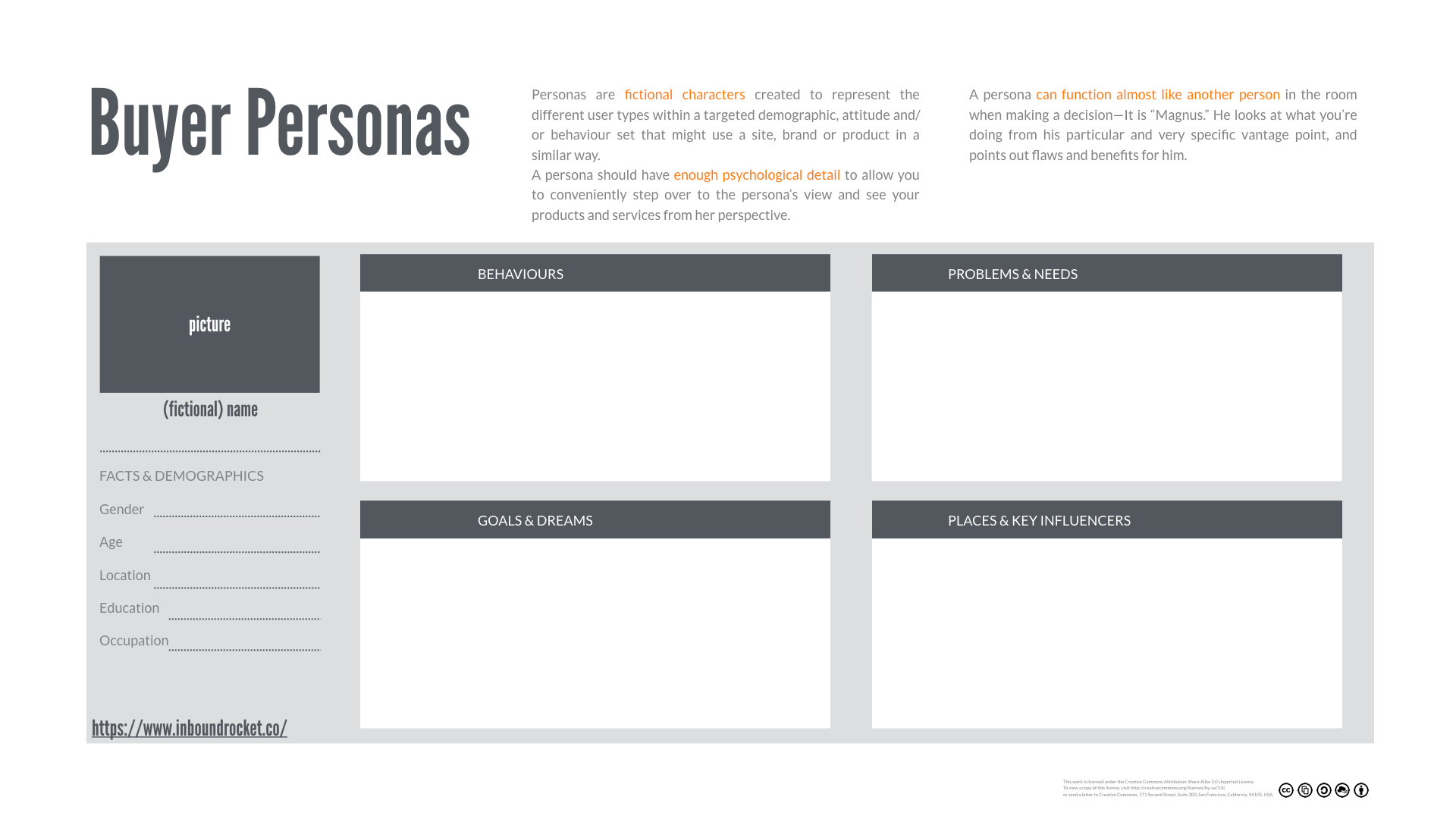
There comes a moment in every startup’s life that you have to move it forward. Going from a side project, or side hustle to an actual product or service launch. When thinking about it, what are the first things that come to your mind?
Probably something like excitement, like a moment of victory. At the same time, you might also think that they are terrifying, what if everything fails? As long as you don’t launch, in your mind at least you’re successful right?
Part of the reason why product launches always seem so terrifying is that we’ve all heard the horror stories. They even made a special graveyard in San Francisco burying all the failed startups or an online version. Of course, we don’t want something like that to happen
We all know that there is risk running a business, and during the launch of your product or service, those risks seem to be at an all-time high. Of course, we don’t want something like that to happen.
So in this blog post, we’re going to look at all the potential pitfalls you might run into, and how to avoid them, so you have a higher chance of releasing a successful new product to the world and show them that you’re one of the exceptions.
#1 Trying to fix a non-existent problem
Every startup that grows successful (of course there are always some exceptions, looking at you “Yo”) has one thing in coming. They somehow find that magic spot, that product or service that delivers a lot of value to a lot of people. As
According to Steve Blank:
[clicktotweet]Most startups fail due not to the failure of product development but due to the lack of customers'[/clicktotweet]
One of the main reasons (the second coming with point two) of not having any customers is because you’re trying to fix a non-existent problem. Don’t get us wrong, launches and subsequently companies don’t fail because of lack of trying, but if you’re trying to solve a non-existent problem. You might have the shiniest product in the world, but it will still not make an impact.
The key to trying to make sure you’re fixing a real problem comes by understanding what problems, needs, and wants can and should be fixed for your audience. Doing Customer Development is key to figuring this out before you even start building any product or prototype that you eventually want to launch.
The best way to do Customer Development is still to go out there and start talking to real people with real problems directly; there is no excuse ever to not talk with your potential target audience. However you can only be at one spot at the time, so next to talking to potential customers directly try to find indirect ways as well, collecting online surveys, analysing other (big) brands within your market etc.
No proper Customer Development makes you drive your car blindfolded, and the changes of you arriving at your destination are near impossible.
#2 Targeting the wrong market
Even after conducting lots of user conversations figuring out their problems, needs or wants, you might have built the most beautiful product out there, and the launch still fails.
What happened?
The second biggest mistake made is that you chose the wrong audience to promote your product or service to.
Who are you targeting with your promotions? With your Content Marketing? Did you create specific enough Buyer Personas? In case you didn’t do so just yet, we’d suggest that you go back to the drawing board before it is too late.
Figuring out your right target audience isn’t that difficult, after all, you’ve already been talking with a lot of potential customers when doing Customer Development right? What are the common denominating factors between them? When you look at your Google Analytics, what type of patterns do you see there? The social following that you’ve been building over time? What kind of followers is that?

Download Buyer Persona Template
Finding your correct Buyer Personas is only something you can know yourself. You understand your product’s or service’s concept better than anyone else. You can use our Buyer Persona template if you need some help writing them out.
Another great way to help you lock in better-targeting options is from the moment you launch your website for the first time(that happens mostly before your product launch, after all, you want to already tease people, maybe have them sign-up to be informed when you launch, start doing Content Marketing to build an audience etc.) to already start building target audiences.
Facebook has a tracking pixel for example that you can quickly implement on your website. That little pixel starts building an advertisement audience you can target when you’re ready for your launch. Google offers this type of remarking as well using their AdWords program.
Don’t wait for the implementation of these ways to track your visitor till it is too late. Even if you’re not placing ads right now, it is always a good thing to start already building that audience. This way you’re ready for the moment you want to launch your new product or service to the world.
#3 Incorrect pricing
Pricing, next to finding a real problem, need or want. One of the hardest thing to do for any startup. Many books have been written about the subject, but even then, it is still difficult. Some folks price their products too high, other too low.
Price is an essential part of your marketing strategy. It is the only element of your marketing strategy that generates revenue, AND it is one of the things that directly fuels the perceived value of your product or service.
A lot of startups think that because they’re new entrants into a market, they should underprice their product or service to gain attention. Some startups don’t even think about a business model at all, and think to themselves “we’ll figure this one out later, but let us first get a big audience, we can always do advertising”.
This strategy can easily backfire though. If your product or service is cheap, your customer might believe that it also lacks quality. Otherwise, how would it be sold for next to nothing while competing products are so expensive?
Making something costly (and potentially overpricing your product or service) doesn’t come without disadvantages either. Overpricing and underpricing are two things often made mistakes by startups that fail to understand the value that they provide with their products.
One way of trying to understand value better is asking questions like “how much is this problem costing you or your organisation at the moment” during your Customer Development conversations.
Pricing is also something that stops after your launch. For your launch though set your prices according to how much your product or service is influencing your ideal customers business or life.
Keep on asking yourself questions about the pricing and keep on running experiments with it. Over the entire lifecycle of your product or service, you’re bound to change the pricing more than once (consider yourself lucky if you’re able to do this, that means that at least the launch part went successfully).
#4 ”Build, and they will come”
Marketing is the secret sauce that lets the world know that you exist. You could have all the previous steps done right, but if all of this has been done in stealth, the moment you launch nobody will show up at your party.
So why do so many people still forget to build up and use a marketing strategy before the launch of their product? This probably not happens on purpose, with the creation of a company as side-hustle, more and more people are starting to want to launch a startup in their spare time. However, most of these founders don’t have a background in sales or marketing. Yes, they’ve consumed a lot of content online, but that doesn’t mean that they will do enough with it. Especially if it is the thing that doesn’t come naturally to them.
Maybe you know how to build a landing page and capture email addresses but then what? Do you know how to write good copy to help the conversion on that page, and what to do after with these email addresses? Marketing just like building a product takes times, and if your time is limited, it is easier to choose something you do know (mostly building the product) then to spend time marketing and selling your product.
However, with around 86% of consumers suffering from banner blindness, doing nothing till the day you launch isn’t going to work either (even if you spend a lot of money on banner ads).
As Seth Godin says:
One of the best ways to be successful is to be famous. You’ve got to build a tribe before you can build an audience.
Looking at it from that angle, setting up time for a good marketing strategy is crucial. A good marketing strategy helps you to build:
- Brand Awareness
- A tribe or potential leads (newsletter subscribers, followers on your social channels, etc.)
- And eventually sales the moment you do launch
Is a crucial part of any successful launch. And just like you need to keep running experiments and tests on your product so that you can achieve validated learning, so to must you never stop testing and learning about your marketing and brand building. You need as much a Minimum Viable Brand (MVB) as you need a Minimum Viable Product(MVP).
Start building that audience and that connection with your audience from the moment you start building on your product or service, and you will be well better equipped for a successful product launch.
#5 Wrong Positioning in the Market
Most product and the markets they operate in are not “unique”. Something has been tried before, but apparently not good enough, or not cheap enough, or not…
Every time a company enters a market, you need to figure out what your Unique Value Proposition (UVP) or Unique Selling Point (USP) is and focus on showing this as much as possible in your branding and marketing efforts. Your UVP or USP is what makes you different from your competitors, what sets you aside from them.
If you have a unique and original product, your positioning in the market should be heavily influenced by these facts. It should show and tell what you can offer and others can’t. However sometimes, when the market matures there might be cases when your product isn’t that revolutionary.
If that is the case, you still need to find that unique angle. That unique positioning. There are different ways to look at your product and try to describe them to make them unique enough.
For example Geoff Moore’s Value Positioning Statement:
For ____________ (target customer)
who ____________ (statement of the need or opportunity)
our (product/ service name) is ____________ (product category)
that (statement of benefit) ____________.
If you took care of all the previous points and your product or service launch still failed, maybe you haven’t positioned your brand and product’s USP properly yet.
#6 Poor Product Launch Timing
Number six on the list. Poor product launch timing. Just because you think that no-one else is building a startup around the idea your having doesn’t mean that no-one is. Everyone thinks that Alexander Graham Bell invented the telephone right? So why is there even a Wikipedia page dedicated to the fact that Elisha Gray invented the telephone?
Launching your product and entering a market too soon or too late can make or break your product. Don’t let any potential competitors beat you to the punch and waste all those months (or years) of hard work.
With all those new services and products out there it is easier than ever to build the first version of your product and launch it. This also means that your competitors have that same advantage.
Your target market is changing at a fast pace as well, and you need to be aware of the things happening around you to get to market first and get that first mover advantage. If you want to be the first to market, work hard, stick to your deadlines and make sure you’re ready to launch before your competitors.
Don’t go too fast though, especially if your product or service defines a whole new market or product category. It might be that you want to enter the market to prematurely before your target market is mature enough to know what to do with your product.
Lastly, look at industry related events as well. Or events that are important in the lives of your target customers. If you’re trying to launch a B2C product during the world cups final, your target audience might be pre-occupied with watching something else 😉
#7 No BETA customers or references were available.
Lastly, don’t ever underestimate the power of social proof and the effect it can have on your sales. When you started your marketing at the same time as you started building your product, you already begin to have an audience. This audience can be used to beta test your product before your big launch to the world.
Why not use their feedback and testimonials as social proof during the big launch to the rest of the world? Because what comes after you hit that launch button? Hopefully people, your target audience, the press, etc. are coming to your website to get to know the product. What better way to convince them of some good customer references?
Having social proof shows to the world that you’ve done your hard work, you listened to the feedback during beta testing, and you created an awesome product or service.
There you go, after reading this article you’ve learned most of the reasons why the launch of your new product or service might fail and as a result increased your changes of a successful launch. And although You Only Launch Once #YOLO, always remember that there is still time during the big event to quickly reflect and adjust as you go.
When you look at the big players like Amazon and Apple they sometimes even have terrible product launches. But remember, an error only becomes a mistake when you do it more than once. So learn from the above mistakes and how you can avoid them so your product launch has a better chance of survival. Did we miss anything? Got something to contribute from your firsthand experience? Leave a comment below.
Here’s to your success!

